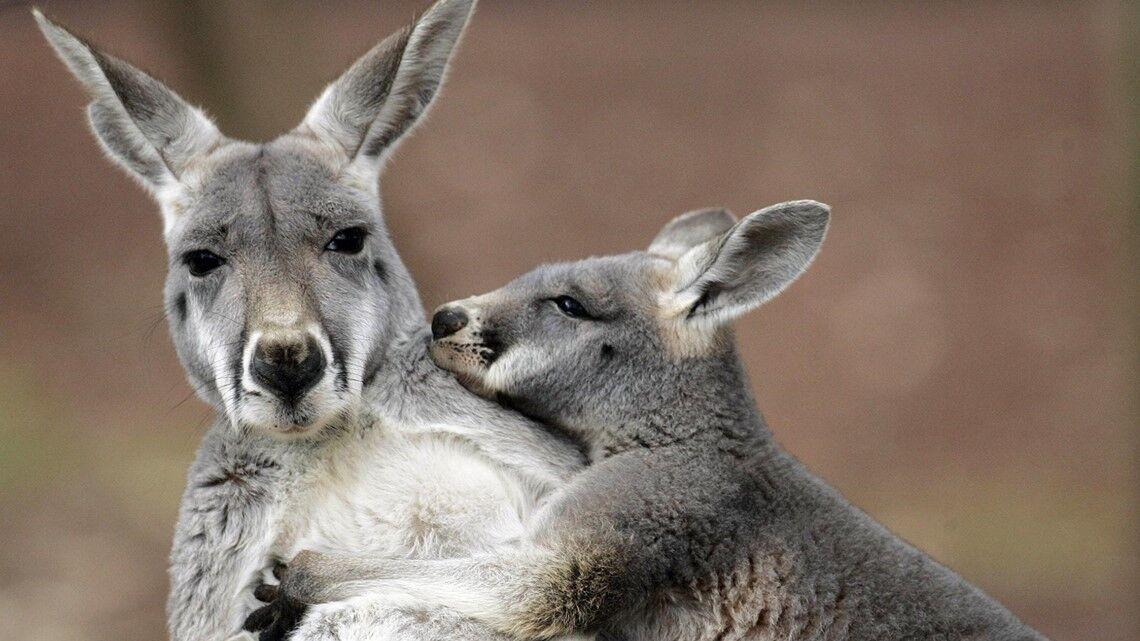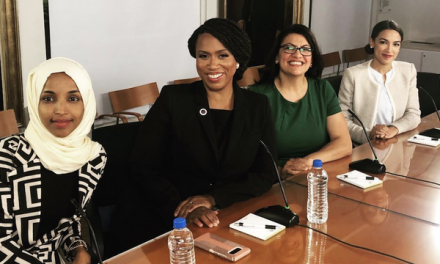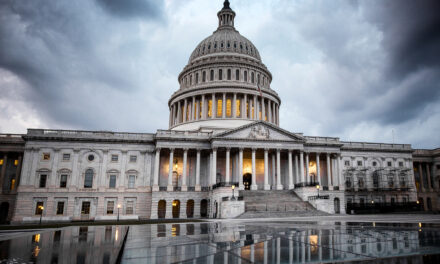My son has adopted the kangaroo as a kind of personal mascot. For Christmas, he received a stuffed kangaroo and two kangaroo t-shirts. It’s become a bit of a family joke, as I also received kangaroo underwear. I thought wearing them might bring him luck in his soccer tournament yesterday but he team was slaughtered in three straight matches.
When I got home, I noticed the New York Times had published a feature by Damien Cave on the ethics of killing kangaroos. I love the writing in this piece. Here’s a sample:
Just after 4 a.m., he pulled into the parking lot of Warroo Game Meats, a processor in Surat co-owned by a family with Aboriginal roots and a Chinese investor — Australia old and new. Mr. White had 21 kangaroos hanging on his truck, each of them killed with a single shot to the head, each of them tagged with his name and the location for biosecurity tracking.
Mr. White might sound like a monster, but things are complicated. There are more kangaroos in Australia than people, and the population goes through natural booms and busts.
Periods of plenty lead to booms in population for the four kangaroo species that are legally harvested — between 2001 and 2011, their numbers ranged from 23 million to 57 million, according to government surveys.
From an American perspective, they’re a lot like deer–a car accident waiting to happen. During times of drought, emaciated roos crowd the roadways seeking dew-fed grasses. They’re also an important source of food, and one that has little impact on climate change compared to cattle. This is not a scenario where the animal is being hunted to extinction, and professional cullers are preferable to pissed-off farmers who want to protect their grazing lands.
Seeing the animals starving and hit by cars — or worse, seeing farmers massacre them to preserve feed for cows and sheep, a culling that happens outside the formal kangaroo industry, and often illegally — has made most of [the worn of] Surat believe that commercial shooters are helping kangaroos by minimizing the suffering of the outback’s boom-and-bust cycles.
“The people far away, they don’t see that,” said Megan Nielsen, 29, a farmer with three children who sometimes keep kangaroos as pets. “If you have a shooter, you know they’re doing it the right way.”
Driving through a local farmer’s hilly paddock, Mr. White said he had seen firsthand the greater agony caused by farmers and the less scrupulous killers they often hire, leaving gut-shot kangaroos to die in the fields.
Of most interest to Americans is the way the urban/rural divide mirrors our own experiences.
In the end, the argument over Australia’s kangaroo industry has always been only partly about cruelty and only partly about animals. It is most viscerally about whose values rule.
To Mr. Pacelle, Australia’s professional hunters are justifying harm to wildlife to get paid. To Professor Wilson, animal rights activists are engaging in “imperialism” that forces their sensitivities onto others.
I think, ideally in these situations, neither side should fully prevail. Kangaroos are an important food and materials resource, and their population should be intelligently managed. The industry should be regulated, and part of the regulation should involve the ethical treatment of the animal. In practice, what this means is that both sides should continue to fight because we don’t want to see either side come out on top.
Yet, it’s possible to fight while being better informed and more attuned to the legitimate concerns and sensibilities of the other side. The point should never be about making human communities suffer, but rather about how to go about things in an intelligent, sustainable and merciful manner.
Democratic Rep. Salud Carbajal of California Democrat has introduced the Kangaroo Protection Act, a bill that would ban leather and meat imports from Australia. A lot depends on details, but supporting or opposing this Act isn’t as simple as loving kangaroos and wanting to see them protected. I’m suspicious of absolutist solutions. Regulating the kangaroo population is Australia’s job, not the job of the U.S. Congress, and if the goal is to influence Australia, an out-right ban on imports might not be the best negotiating trick.
On the other hand, the threat of a ban might be quite effective. As I said above, it’s complicated. The important thing is that there’s a dialogue rather than just two sides fighting across a cultural chasm.







